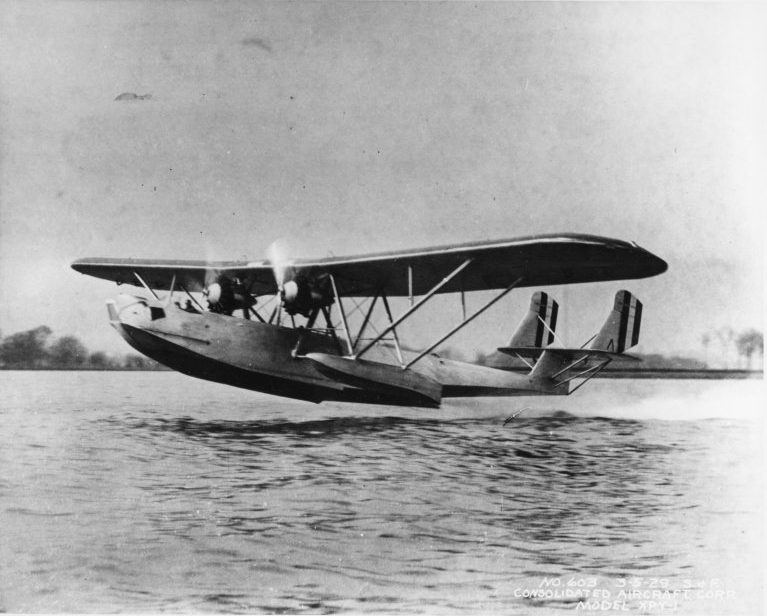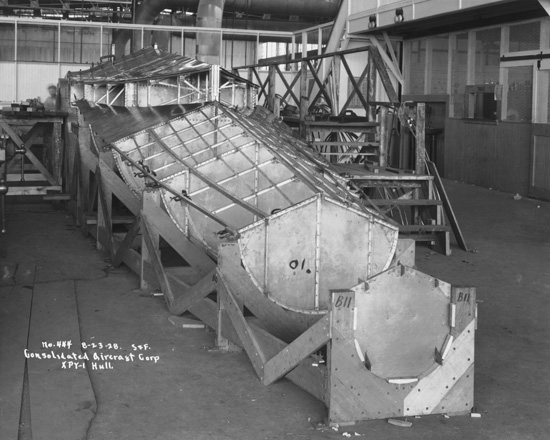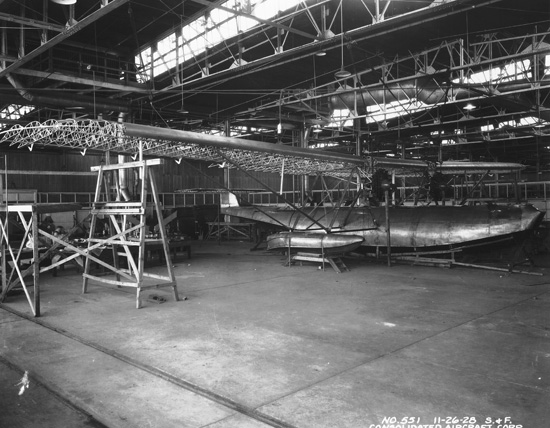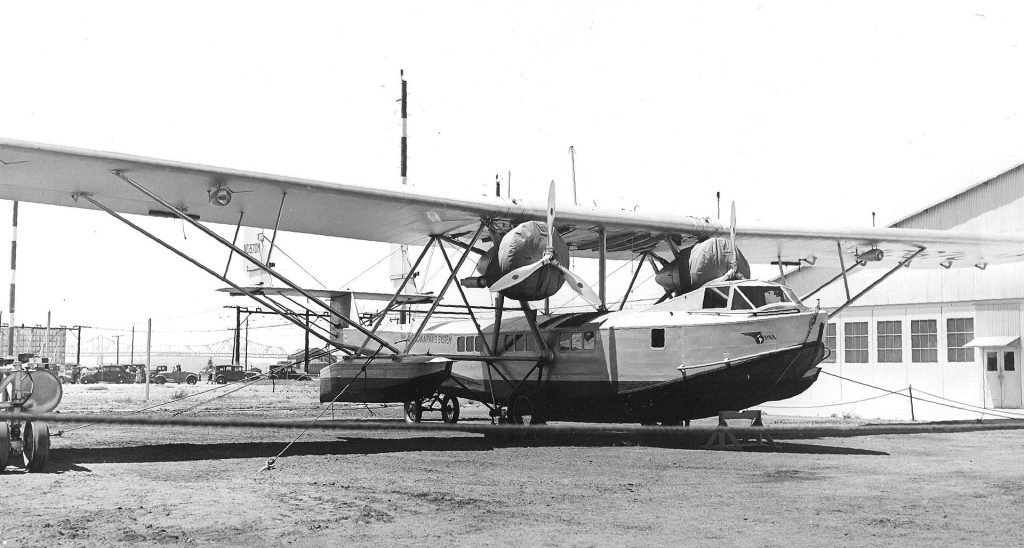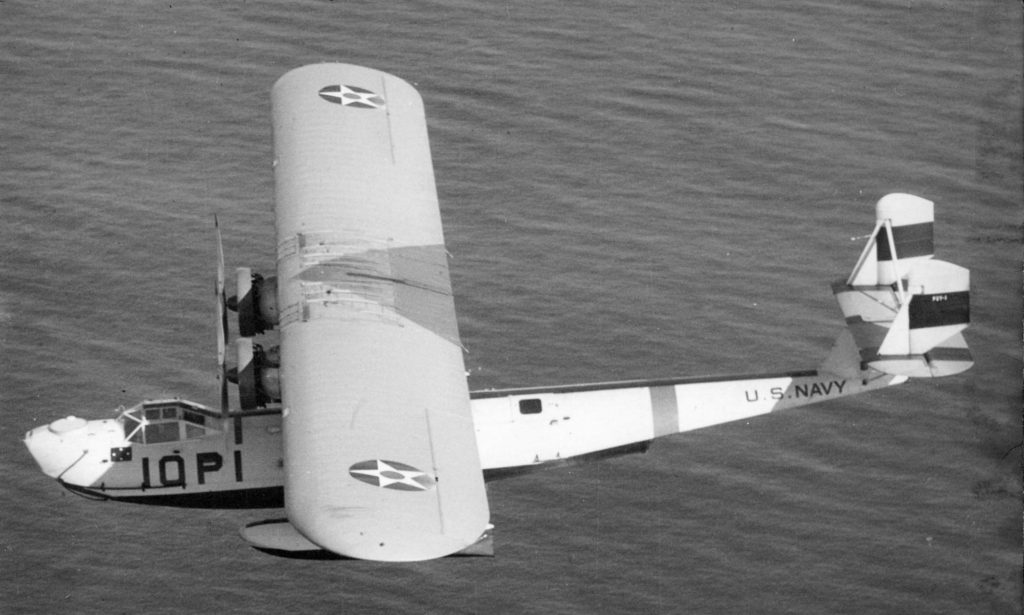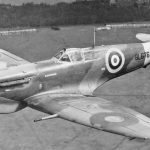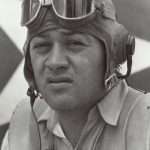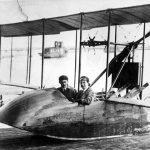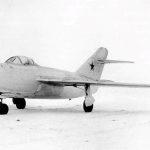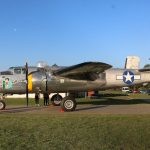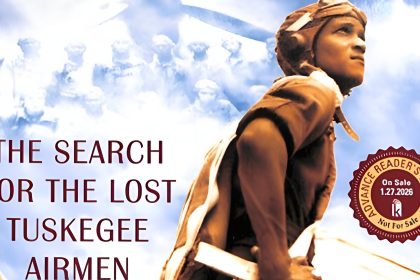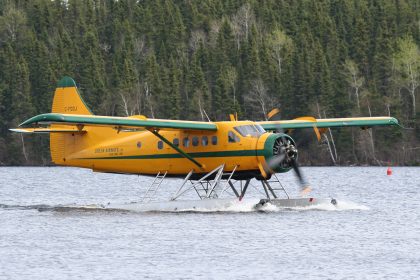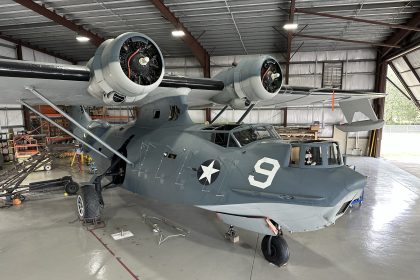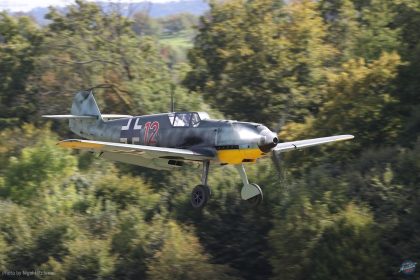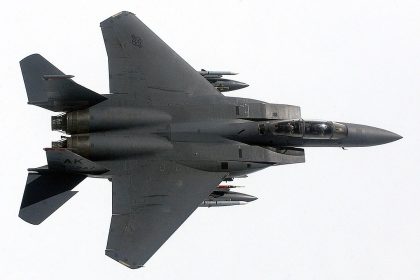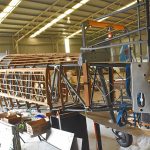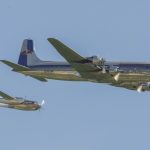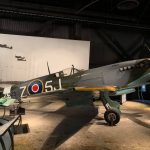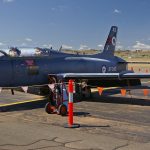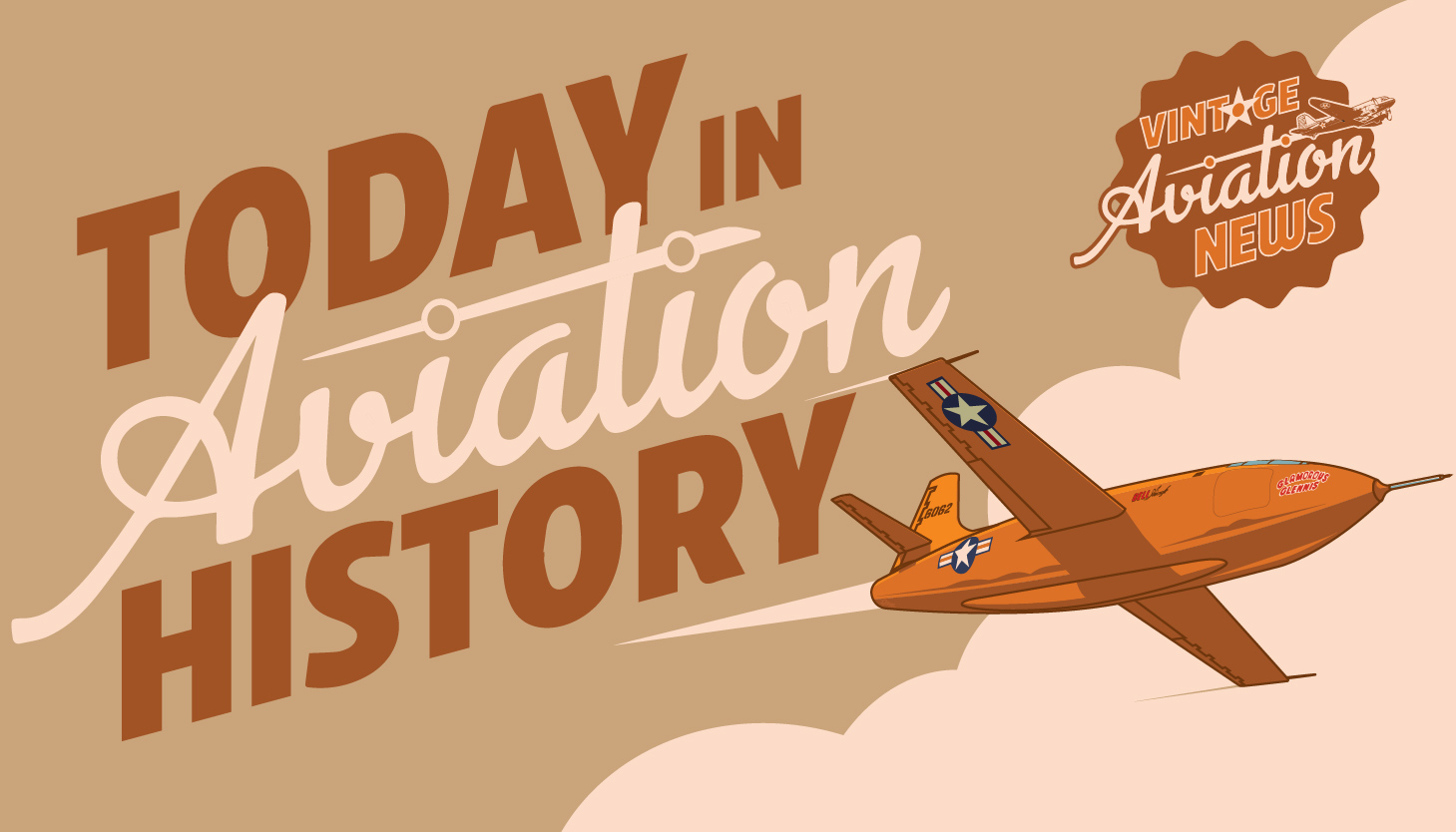
During the 1920s, flying boats were among the largest fixed-wing aircraft in the skies and had already been used for during World War I. But in those early days, aviation was advancing rapidly, and soon the US Navy was pondering the idea of its first monoplane flying boats at a time when the aerial fleet consisted of wooden hulled biplanes. Desired specifications such as a metal hull, twin radial engines, monoplane configuration, and range to fly nonstop from the continental United States to Hawaii were laid out in 1927 by Captain Holden C. Richardson, who had been the Navy’s first engineering test pilot and had been one of the pilots of the Curtiss NC-3 flying boat that was one of three Curtiss NCs to attempt the first transatlantic flight.
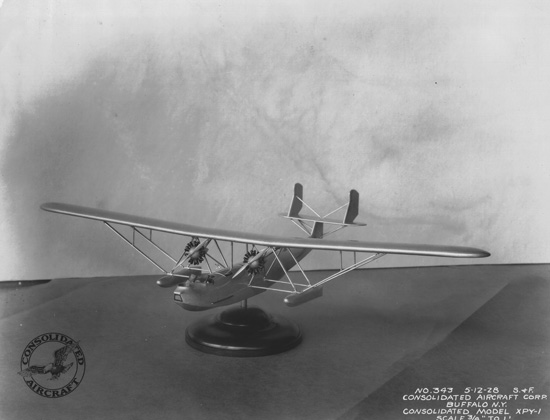
It was at this point when the Consolidated Aircraft Corporation, founded by Reuben H. Fleet and headquartered at that time in Buffalo, New York, entered the competition, with chief engineer Issac “Mac” Laddon, who had designed the hull for Boeing’s XPB flying boat, drew up the design for the Consolidated Model 9, which was to become the XPY-1. Production of the XPY-1 commenced in January 1928, with the Navy awarding Consolidated with a $150,000 contract to build a single prototype on February 28, with would receive the Navy Bureau Number A-8011. Production proceeded at Consolidated until the prototype was completed in December. However, by the time the XPY-1 was finished, both the Niagara River and Lake Erie had iced over, so the workers at Consolidated disassembled the aircraft and had it shipped on three flat railway cars down to the Washington Naval Yard in Washington, D.C., where it was to be further shipped to NAS Anacostia for reassembly and flight testing. On January 10, 1929, the aircraft was finally reassembled and would make its first flight that very day. At the controls was Lt. Adolphus W. Gorton, with designer “Mac” Laddon as an observer aboard the flight.
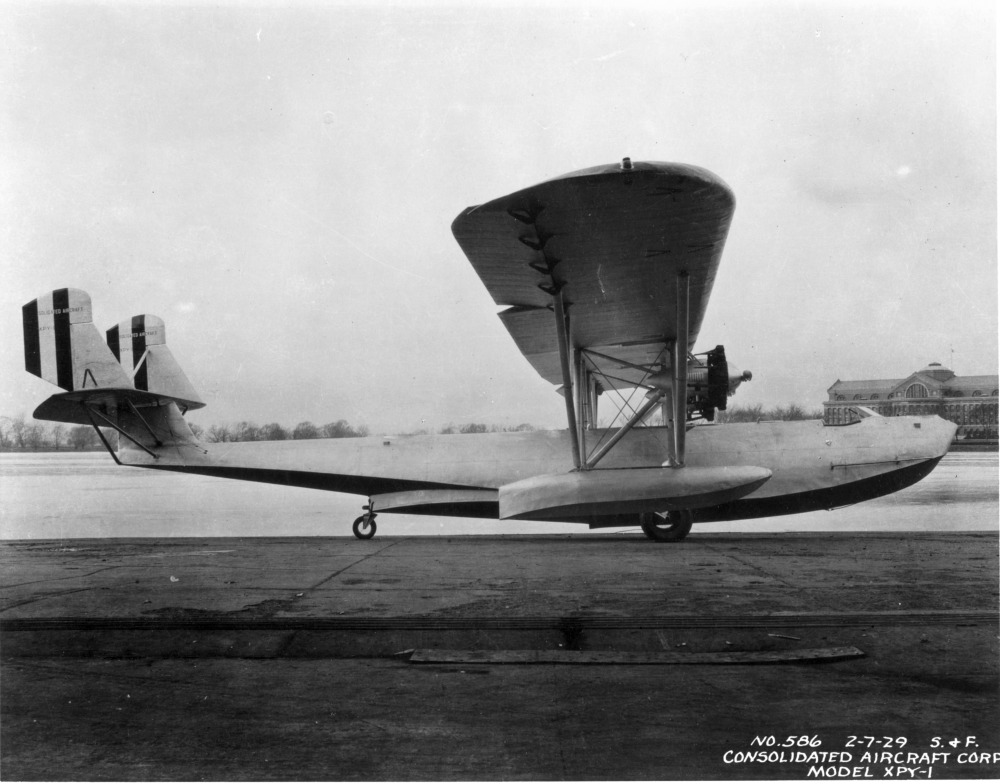
Further testing deemed the aircraft’s performance to be satisfactory, culminating in the Navy Test Board demonstration flight on January 22, with Lt. William G. Tomlinson at the controls, with Captain Holden Richardson serving as navigator and Assistant Secretary of the Navy for Aeronautics Edward P. Warner as observer. Richardson reported “The boat is very stable. It felt good to have something solid under foot, with Warner calling it “A long step forward”.
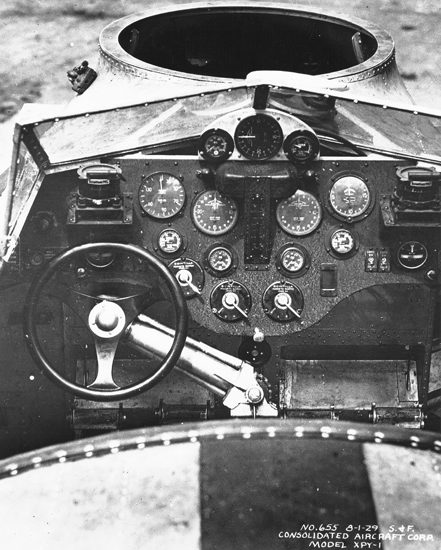
The Consolidated XPY-1 Admiral had a wingspan of 100 feet, a length of 61 feet, 9 inches, and a height of 17 feet 4 inches. The hull was built with riveted aluminum skins, and while the wings had metal spars, ribs, and leading edges, the rest of the wing was covered in doped fabric. The aircraft was powered by two Pratt & Whitney R-1340 Wasp radial engines mounted on the supporting struts blow the wing, and had a crew of five (pilot, co-pilot, navigator/bombardier, radio operator, and mechanic/gunner). Defensive armament consisted of three machine guns in flexible mounts (one in the bow, and two in the aft hull but behind the wing). The aircraft was also tested with a third engine mounted atop the wing, but this showed no significant increase in performance.
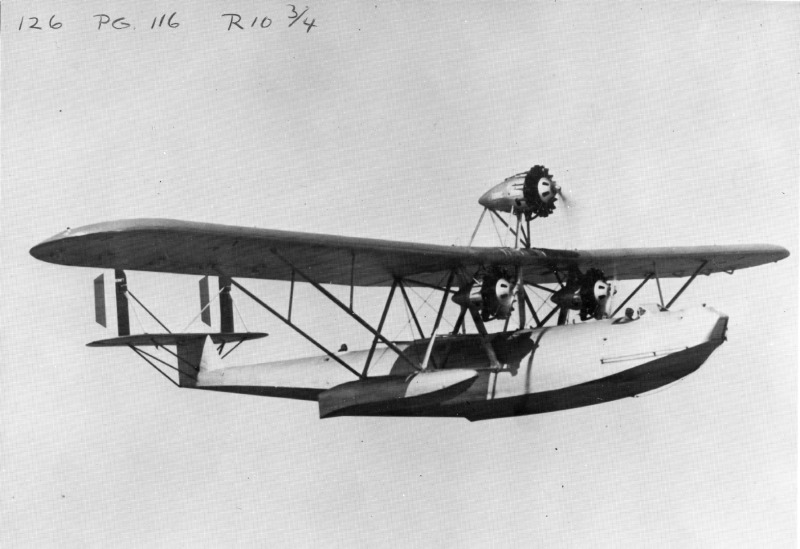
Although the singular XPY-1 Admiral was accepted into service as the PY-1 in 1929, the Navy opened the production contract to competing companies. To Consolidated Aircraft’s chagrin, the Glenn L. Martin Company had underbid them, and the Navy awarded them the contract to build a similar flying boat in the form of the Martin P3M, derived from the XP2M. While this could have spelled disaster for the finances of Consolidated, Reuben Fleet had already seen the need to adapt the Admiral into a civilian transport for passenger service, which led to the Consolidated Commodore, which was flown successfully by operators in Argentina, The Bahamas, Brazil, China, and the USA, such as Panair do Brasil, New York, Rio, and Buenos Aires Line (NYRBA), and Pan American Airways (PAA). Furthermore, Consolidated later adapted the XPY-1 further into the P2Y Ranger, which would serve throughout the 1930s as a patrol bomber, and with some being used as flying boat trainers well into WWII, with the last examples in US Navy service retiring in 1943 and the last export models being retired in Argentina in 1946.
As for the Consolidated PY-1 Admiral, the solitary example of its type (BuNo A-8011) was assigned to Patrol Squadron 8-S (VP-8S) at Guantanamo Bay, Cuba, primarily to test the Bellini–Tosi radio direction finder (RDF). In March 1930, A-8011 partook in fleet exercises involving all three of America’s carriers at that time (the USS Langley (CV-1), USS Lexington (CV-2), and USS Saratoga (CV-3)) while being operated from the seaplane tender USS Wright (AV-1). After these exercises, the PY-1 was assigned to the US Naval Academy at Annapolis, Maryland in May 1930. Over the next two years, it went back and forth from storage at the Naval Aircraft Factory (NAF) in Philadelphia and the USNA until was sent to NAS Pensacola as a training aircraft. In November 1933, the aircraft was decommissioned and was most likely disposed as scrap.
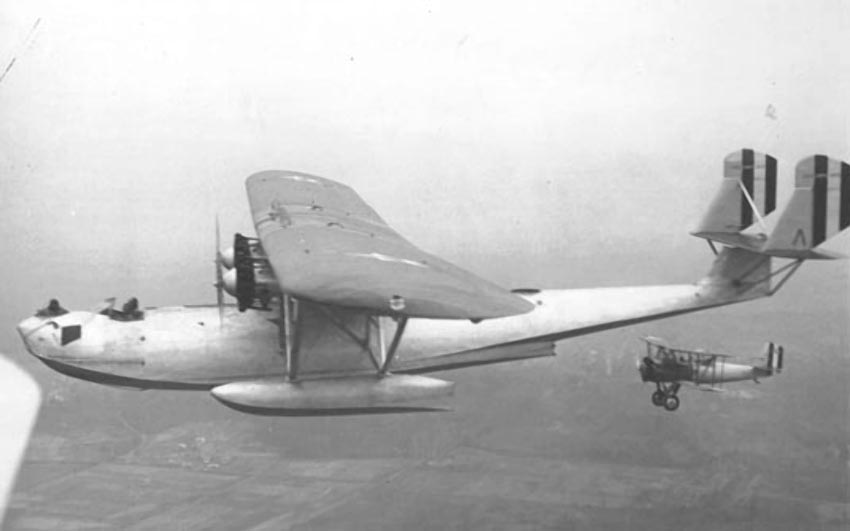
While the Consolidated XPY-1 Admiral remains a forgotten aircraft today, it would lay the groundwork for later flying boats of the USN, including another aircraft designed for Consolidated by Isaac Laddon, the PBY Catalina, which remains one of the most successful flying boats in the history of aviation.
Today in Aviation History is a series highlighting the achievements, innovations, and milestones that have shaped the skies. All the previous anniversaries are available HERE







